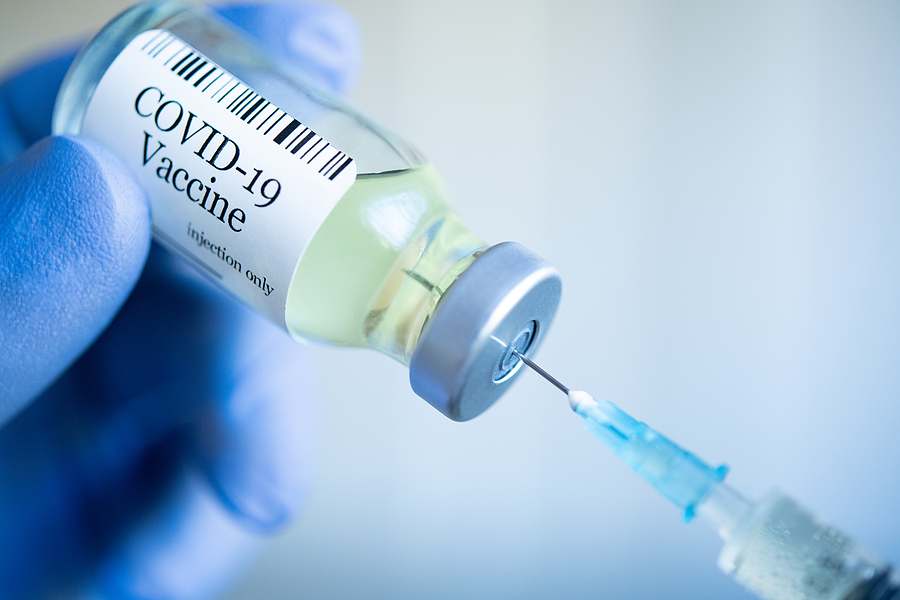All is anything but quiet on the COVID-19 front these days as the virus, helped along by colder temperatures, settles in for what is sure to be a long winter. On November 4, 2020, the U.S. reported 100,000 new cases in a single day, shattering previous records.
Help could be on the horizon, though.
Two new COVID-19 vaccines, developed by Pfizer / BioNTech and Moderna, are showing promise, with a 95 and 94.5 percent efficacy rate respectively.
Should these vaccines gain Emergency Use Authorization from the FDA, the first round of vaccines could be available as soon as mid-December. By year’s end, Pfizer/BioNTech says they should be able to manufacture enough vaccines for 15 to 20 million people.
But not everyone will be eligible for those early doses, according to Dr. Anthony Fauci, director of the National Institute of Allergy and Infectious Diseases. Priority will be given to frontline healthcare workers, the elderly, and those with high-risk conditions including people with known comorbidities such as obesity, heart problems, asthma and diabetes.
“I think that everybody else will start to get vaccinated towards the end of April,” Fauci said. “And that will go into May, June, July. It will take a couple of months to do.”
While Fauci says that he doesn’t believe the vaccine will be mandatory, at least 55 percent of the population will need to accept the immunization in order to develop herd immunity and lessen community spread, with some scientists saying that number will need to be far higher.
The Moderna trial in particular shows great promise. Thirty thousand participants were chosen, with 15,000 of those given a placebo. Of the group that received the placebo, 90 participants eventually contracted the coronavirus. Of those receiving the vaccination, only five developed the disease.
As of now, there doesn’t seem to be any difference in results based on age or ethnicity, with 7,000 participants being 65 and older and 37 percent identifying as persons of color.
Side effects are said to be mild and comparable to those experienced after a flu shot, with a small percentage of participants developing injection site pain, headache, joint and muscle soreness, and fatigue.
Despite the promise, there are still a lot of unknowns. Scientists are not yet sure of the effect the vaccine will have on pregnant women and children, as they were excluded from the trials. Potential long-term side effects won’t be known for months, and the length of effectiveness is yet to be seen.
Vaccine or not, proper PPE remains crucial, with Fauci suggesting out that masks and social distancing will still be necessary even after the vaccine. Keep your PPE organized and accessible with one of Protection First’s PPE door caddies and be ready for whatever comes next.
